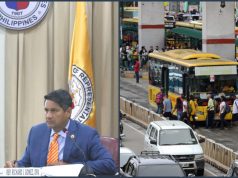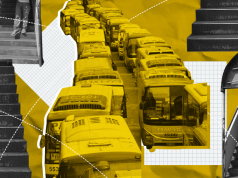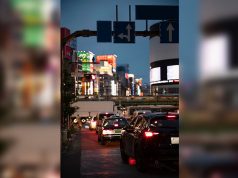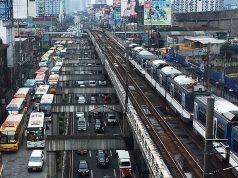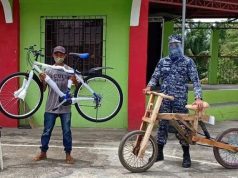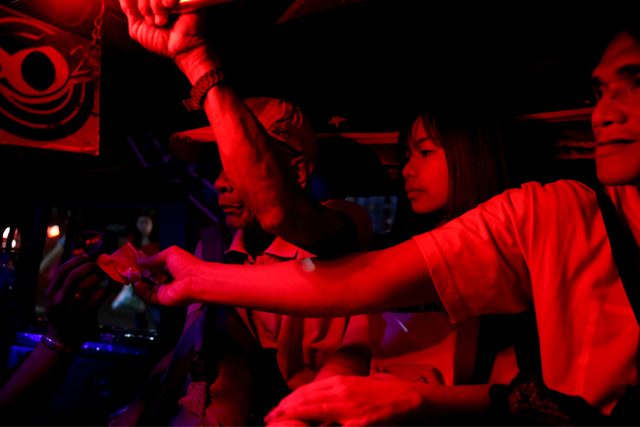
It’s 3.30 a.m. in the Philippines and much of San Jose Del Monte is fast asleep.
Flashlight in hand, street sweeper Alejandro Galasao, 58, navigates a labyrinth of alleys to a main road to catch a bus to the capital Manila 30 km (18.6 miles) away.
He has to wake up in the middle of the night for a job that doesn’t start until 6 a.m.
Traffic is so bad in Manila that if he leaves any later, there’s no way he will clock in on time.
“If I go to work at rush hour, it would take me three hours,” Galasao told Reuters. “This is the only job I know. Even if I find something else, I doubt I would earn any better”.
Metro Manila, a sprawl of 16 cities fused together by outdated infrastructure, is creaking under the weight of millions of vehicles, owing largely to economic growth of more than six percent a year since 2012.
Urban rail coverage is limited, trains are prone to breakdowns and queues spill onto streets where exhaust fumes are intoxicating.
Quality of life is poor for many urban Filipinos, who spend a chunk of their day commuting.
Janice Sarad works at a bank head office and leaves home four hours before work starts in Bonifacio Global City, a Manila business hub.
On a typical day, Sarad, 22, takes a train, a bus and two passenger jeeps to get to work.
“In the morning, it’s even more difficult to commute because the pressure not to be late is there. You really have to fight your way in,” she said.
Click on https://reut.rs/2U956uA for a related photo essay.
Heavy Toll
A 2015 survey by GPS-based navigation app Waze found that Manila had the world’s worst traffic congestion, partly due to a tripling of annual car sales from a decade ago.
Oliver Emocling, 23, rides the train, but queues are so long that he arrives late often, and has been docked wages as punishment.
“When I get home, it’s already 10 p.m.,” said Emocling, who works at a magazine. “I could be using that time to sleep more, rest more. Instead, my time gets wasted”.
The daily loss of business in Manila due to traffic woes has risen to 3.5 billion pesos ($67.2 million) in 2017 from 2.4 billion pesos ($46.1 million) in 2012, according to the Japan International Cooperation Agency.
President Rodrigo Duterte said on Saturday fixing Manila’s traffic wasn’t easy, adding that it was the only campaign promise he had failed to deliver.
He recently approved a law that encourages companies to support more employees to work from home.
The government is making some headway on an $180 billion programme to modernise roads, railways and airports, including a subway system set to begin construction on Wednesday.
However, the building works are exacerbating snarl-ups.
Ferdinand Tan, a 53-year-old wealth coach, lets his staff work from home and has modified his van to cope with traffic, turning it into a mobile office with a power supply, computer and even a foot massager.
“No one can really solve the traffic. So instead of complaining about it, I try to maximize (the time),” he said.
“I use unproductive time to be productive”. —Additional reporting by Neil Jerome Morales; Editing by Martin Petty and Darren Schuettler




